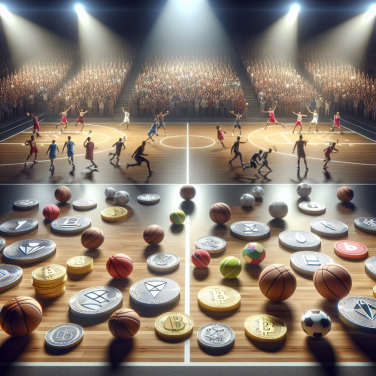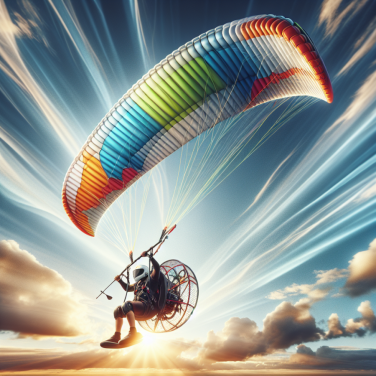Choosing the Right Equipment: Essential Kayak and Gear Guide for Novices
Choosing the right kayaking equipment might seem like a straightforward task, but it requires a fair amount of research and understanding, particularly for novices. It's tempting to settle for the first kayak and gear you come across, but it is vital to note that all kayaking equipment isn't created equally. Different types of kayaks and gears cater to various kayaking styles, locations, and individual preferences.
Firstly, one must focus on choosing the right kayak. Many beginners start with versatile recreational kayaks, which are usually easier to control, have large, comfortable seats, and provide ample storage space. These typically serve as good beginner boats as they offer a balance of stability, maneuverability, and speed. However, if you plan to paddle on swiftly moving waters or want to enjoy kayaking in the ocean, touring kayaks or sea kayaks would be a more suitable option. They're designed for longer distances and often have compartments built into the hull for storage.
Likewise, if you are more inclined towards fishing or camping and require ample storage space, a sit-on-top kayak might be your pick. Sit-on-top kayaks are also a great choice for warmer waters and climates as you are more exposed to the elements. On the contrary, inflatable kayaks are perfect for those with space constraints and are also easier to transport.
Next comes the kayak paddle. Paddle selection depends on your height, kayak width, and your paddling style. A taller person or a wider boat typically requires a longer paddle. Additionally, if you’re a low-angle paddler — meaning your paddle doesn’t rise too far above the kayak — you’ll likely require a longer paddle than a high-angle paddler.
A well-fitted life jacket or personal flotation device (PFD) is another critical piece of gear for kayakers. The best PFDs for kayaking are comfortable, lightweight, and won't restrict your paddling movement. Some even come with pockets to store essentials like snacks, sunscreen, or a small first-aid kit.
Spray skirts are another essential piece of kit, especially for those who plan on kayaking in rougher or colder waters. They cover the cockpit of the kayak, creating a watertight seal around your waist. This prevents water from entering the kayak and can also help keep you warm.
Read also:
Navigating the Fairway: Identifying Golf Courses That Remain Open
Mastering the Basics: Essential Kayaking Skills for Beginners
Getting started with kayaking can be a thrilling experience. However, while the prospect of gliding across the water can be exciting, it's crucial to grasp the basics before embarking on more challenging adventures. Mastery of essential kayaking skills can spell the difference between an enjoyable outing or an inconvenient, even unsafe, situation.
Safety Precautions: Before we dive into skills techniques, safety should be priority one. Insurance coverage, proper safety gear like buoyancy aids and helmets, weather check, and practicing basic capsize skills are all essential. Also, knowing what to do in case of emergencies is a fundamental skill every beginner kayaker needs to have.
Proper Paddling Technique: Your paddling technique strongly affects your efficiency in the water. Bad technique can also lead to discomfort or injuries. Learning the three parts of a basic paddle stroke - catch, power, and recovery phases - will propel your kayak smoother and faster. Start practicing on calm water, keeping your torso rigid, and let your trunk muscles do the hard work.
Turning and Steering: Once you get the hang of moving forward and backward, learning how to manoeuver the kayak is the next step. The sweep stroke, draw stroke, and rudder stroke are used to turn the kayak to the right or left. They require some practice to master, but once you get them down, navigating through the waters becomes a doable challenge.
Wet Exit: Even if you don't plan to be capsizing, sometimes it happens. Knowing how to do a wet exit is crucial. Practice in calm, shallow waters with supervision. This skill involves unbuckling the spray deck, leaning forward, pushing the kayak off of you, and swimming up to the surface.
Entering and Exiting Techniques: The ‘out of water’ parts are just as important in kayaking. When getting in, stabilize the kayak first, sit down with your legs out, then quickly slide them in. When stepping out, essentially do the reverse. Do not rush this step, and make sure to maintain your balance to avoid tipping.
Practice your Balance: Kayaking requires balance, and maintaining a low center of gravity can help greatly. One way to practice is to rock the kayak back and forth without flipping it over. Again, practice this on calm waters.
Drafting and Towing: These advanced techniques are excellent skills to have in your arsenal. Drafting is the act of steering the kayak just behind and to the side of a leading kayak.




